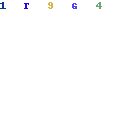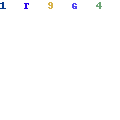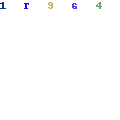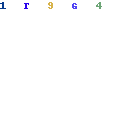Best Tractors
There is a long history of agricultural mechanization that has been human and animal powered rather than engine powered. The difference in scale is quite staggering and is a measure of the economic gulf between the rich and the poor on this planet. For example, an average horse plowing the soil at an average rate will perform work at a rate of one horsepower (hp). In contrast, a 100 hp (75 kW) tractor could work (e.g. plowing the soil) at a rate one hundred times faster than the horse.Alternatively, it may be applied on the surface of the ground or crop (e.g. grass) using a tractor mounted centrifugal spinner or oscillating spout type applicator where the fertilizer is broadcast rather than placed in rows. Aerial application of fertilizers may also be used in locations inaccessible to tractors, as described in Fertilizer Applicators and Plant Protection Equipment (EOLSS on-line, 2002). Both pressurized (typically using ammonia) and nonpressurized liquid fertilizer applicators are also described. Protection of plants from diseases and pests is normally achieved by atomizing a liquid formulation containing the active pesticide ingredient through a small nozzle under pressure and spraying onto, beside or beneath the crop canopy, or by using granular pesticide applicators.
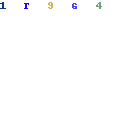
Sponsored
There is a long history of agricultural mechanization that has been human and animal powered rather than engine powered. The difference in scale is quite staggering and is a measure of the economic gulf between the rich and the poor on this planet. For example, an average horse plowing the soil at an average rate will perform work at a rate of one horsepower (hp). In contrast, a 100 hp (75 kW) tractor could work (e.g. plowing the soil) at a rate one hundred times faster than the horse.Alternatively, it may be applied on the surface of the ground or crop (e.g. grass) using a tractor mounted centrifugal spinner or oscillating spout type applicator where the fertilizer is broadcast rather than placed in rows. Aerial application of fertilizers may also be used in locations inaccessible to tractors, as described in Fertilizer Applicators and Plant Protection Equipment (EOLSS on-line, 2002). Both pressurized (typically using ammonia) and nonpressurized liquid fertilizer applicators are also described. Protection of plants from diseases and pests is normally achieved by atomizing a liquid formulation containing the active pesticide ingredient through a small nozzle under pressure and spraying onto, beside or beneath the crop canopy, or by using granular pesticide applicators.
Sponsored


